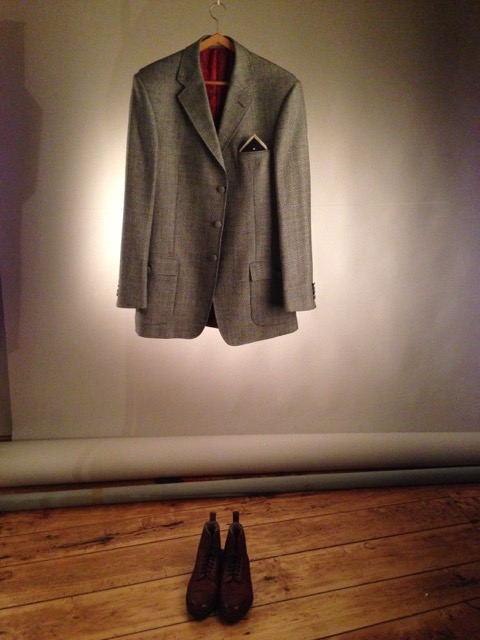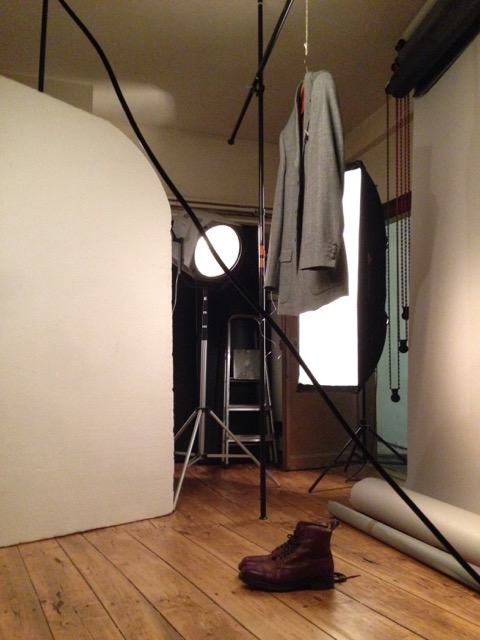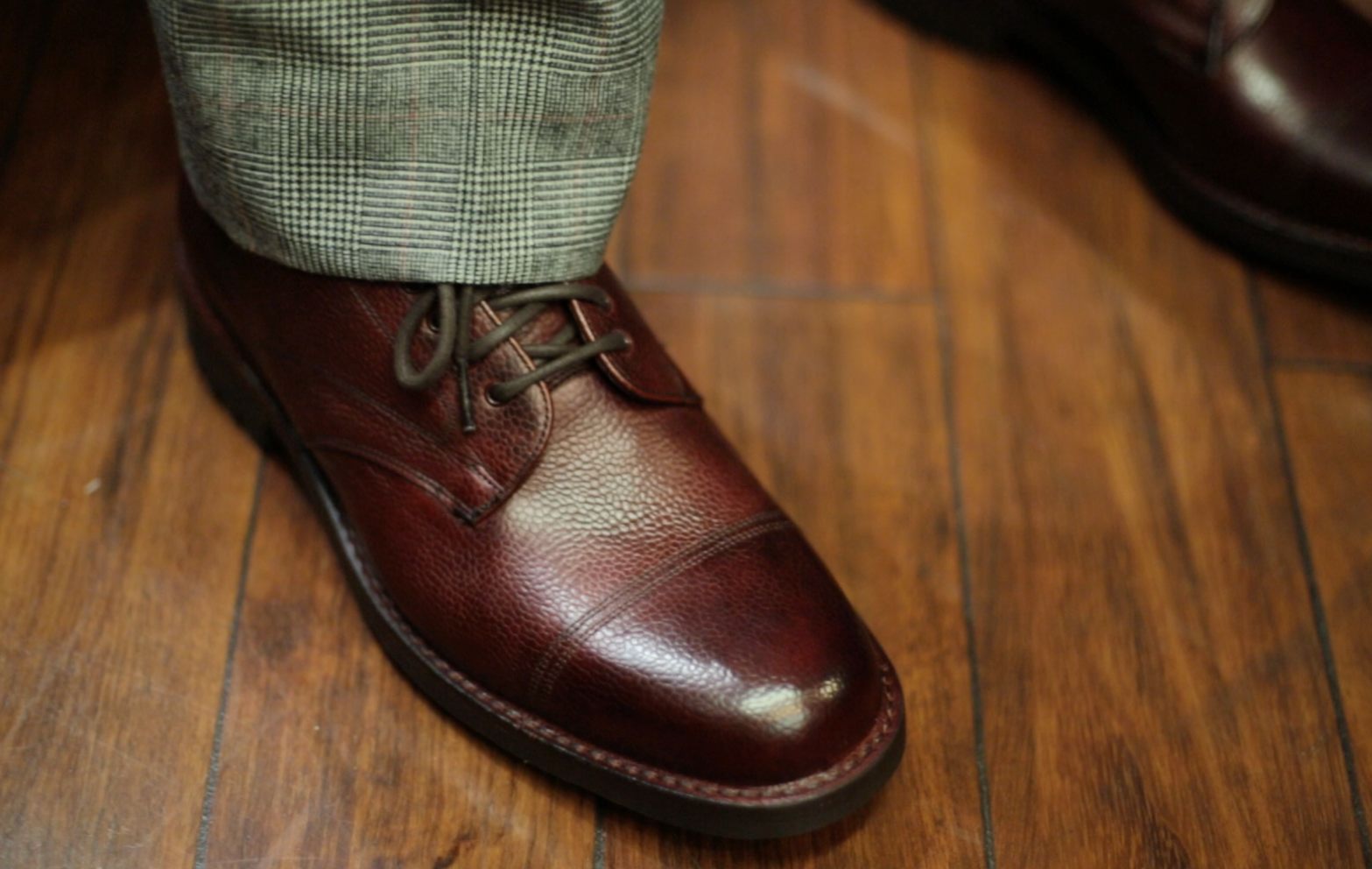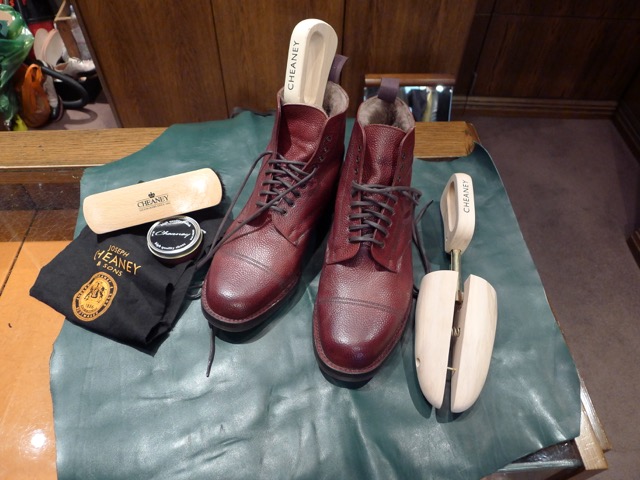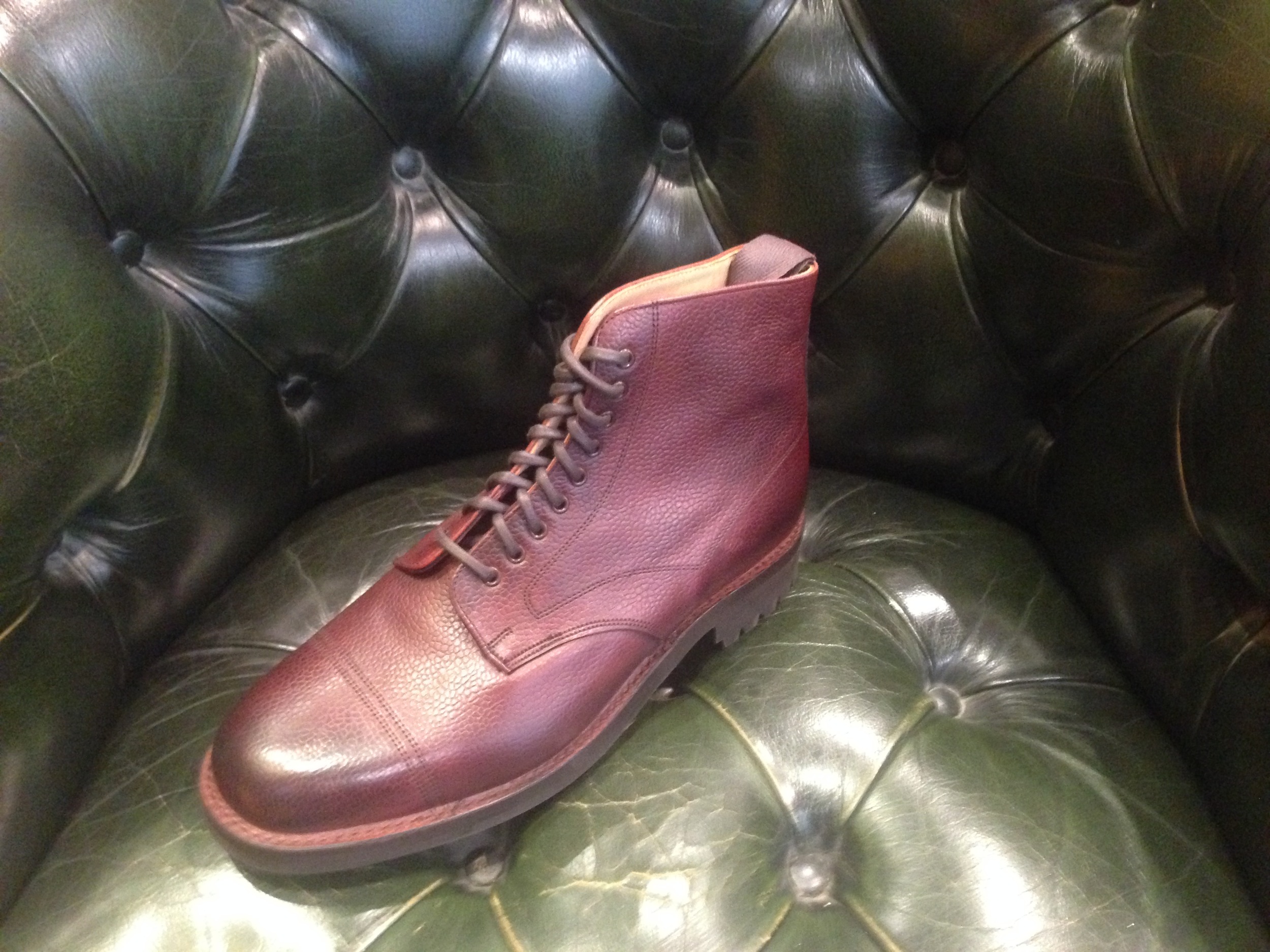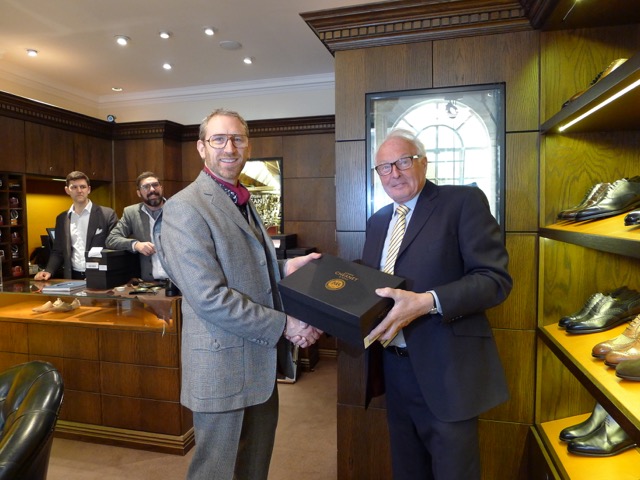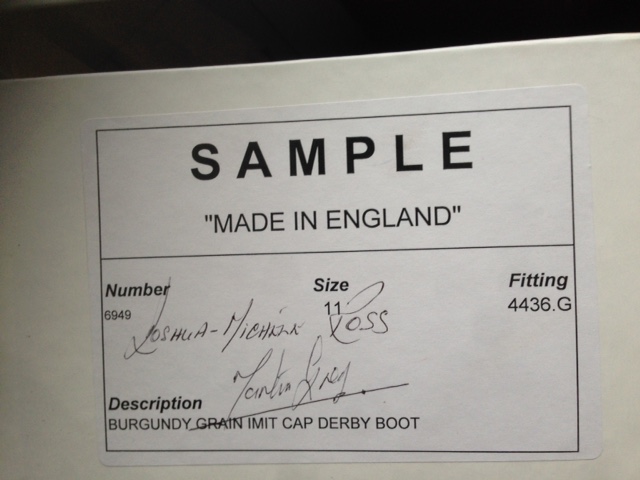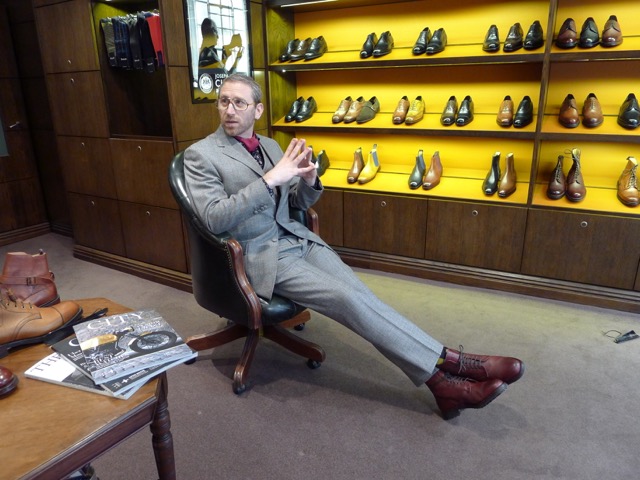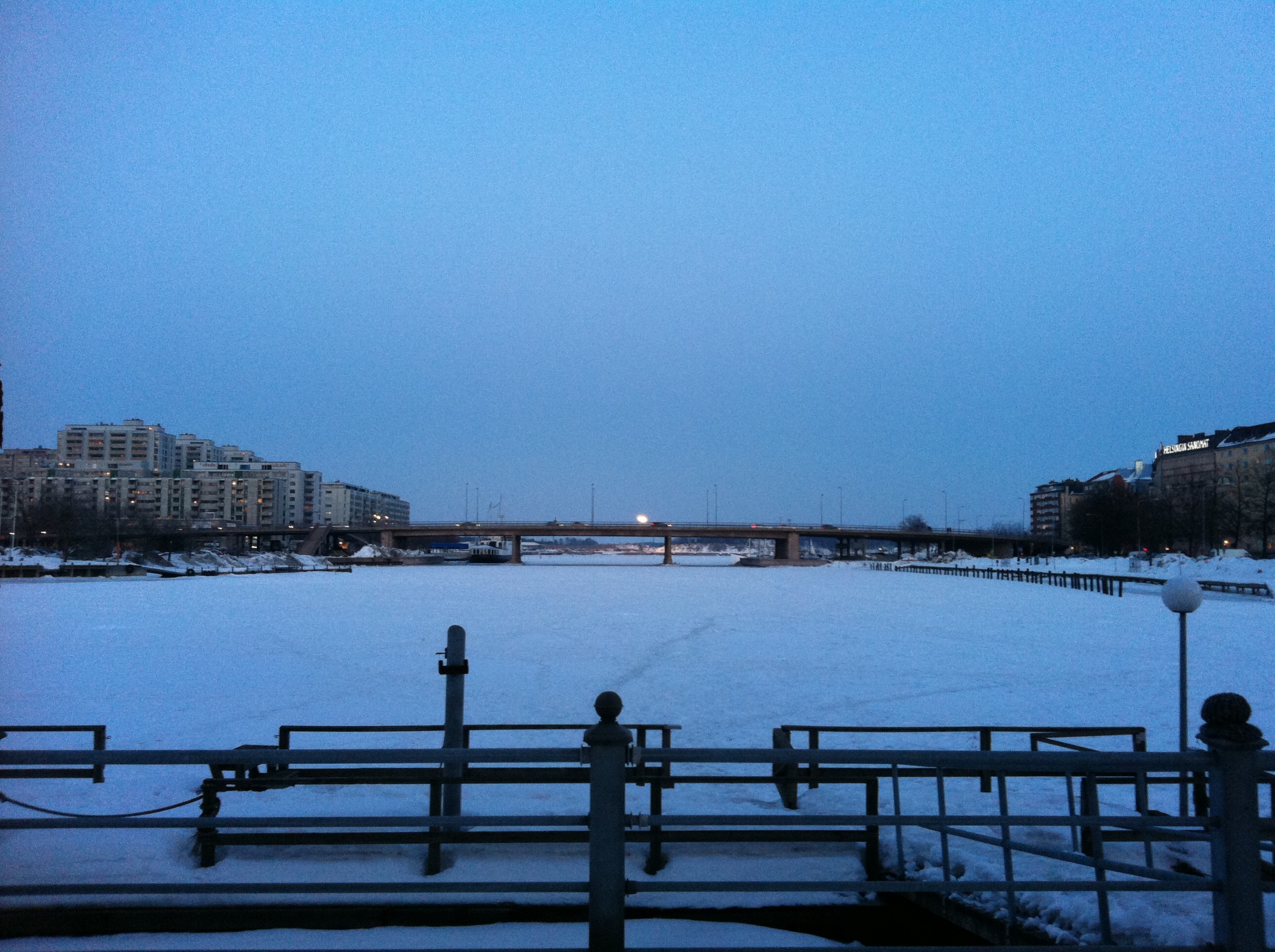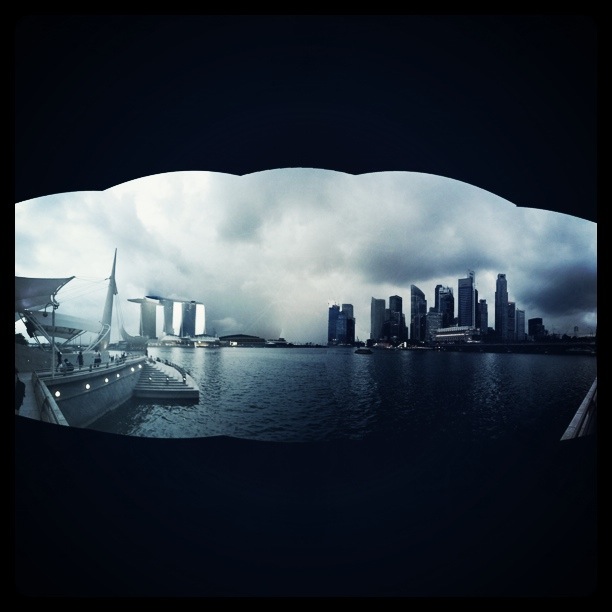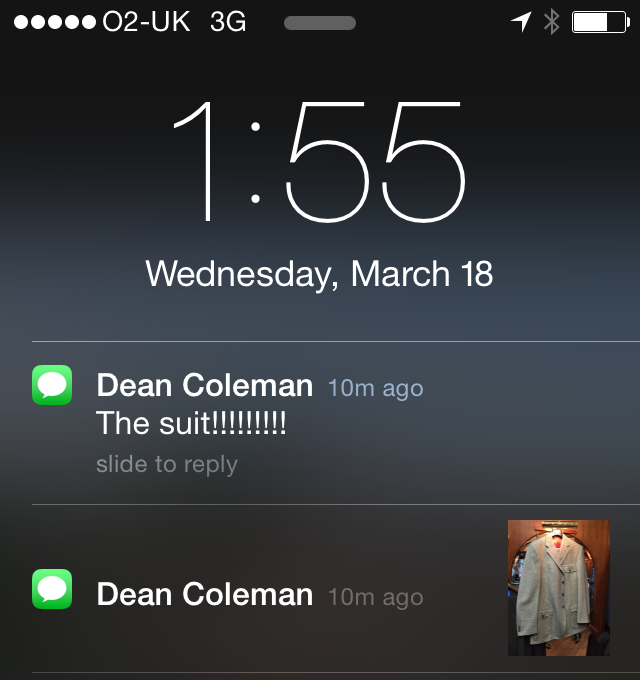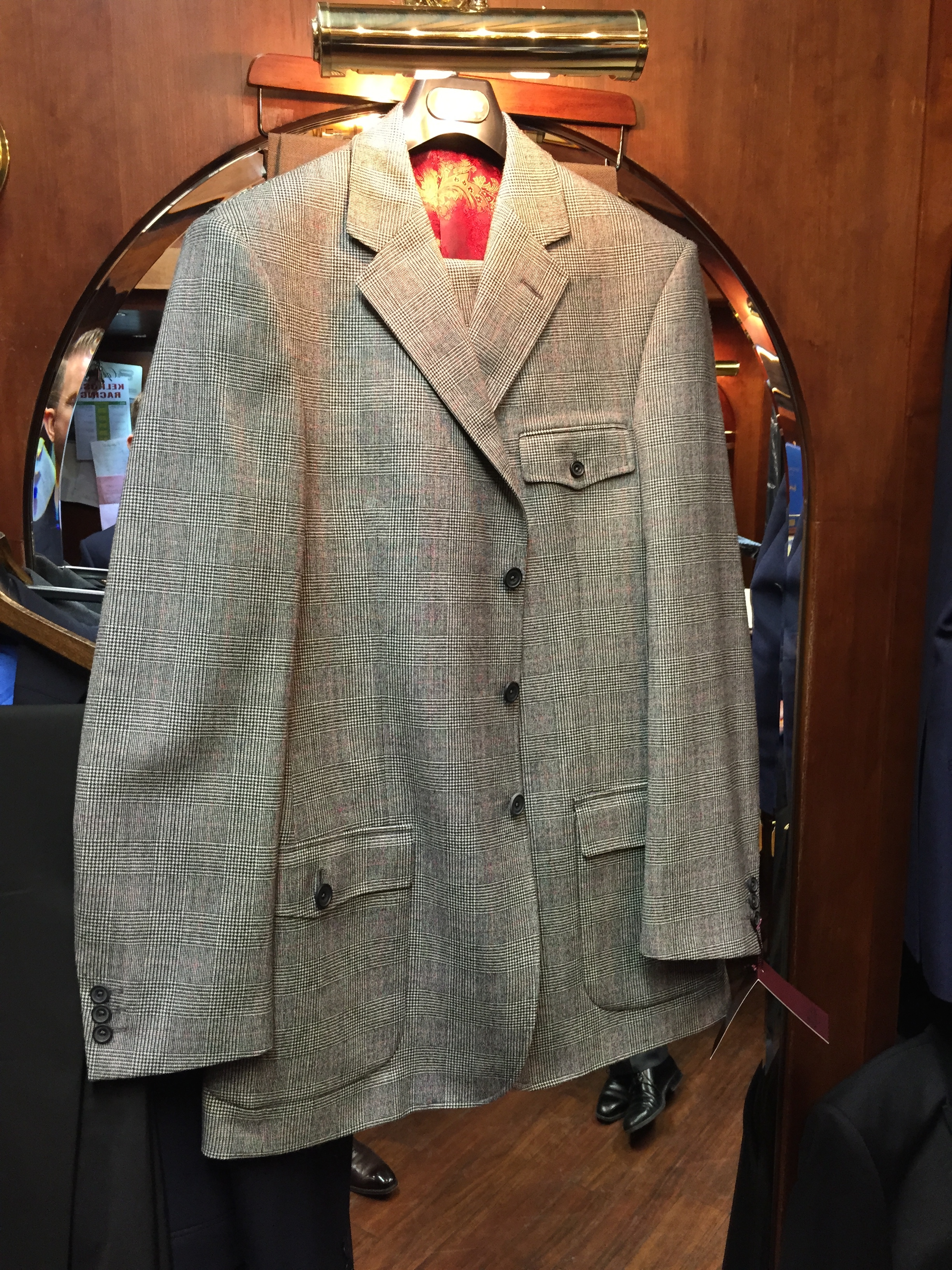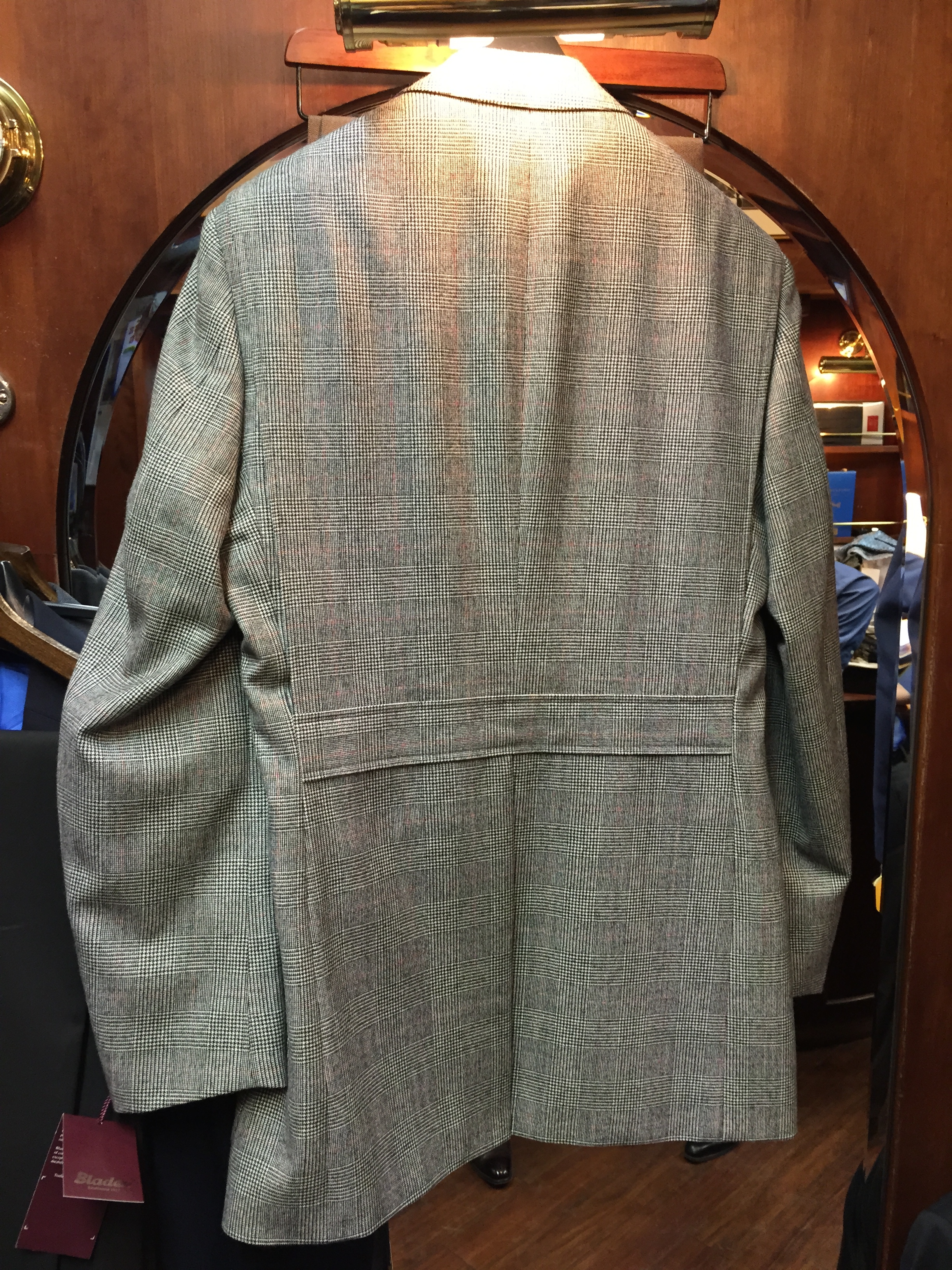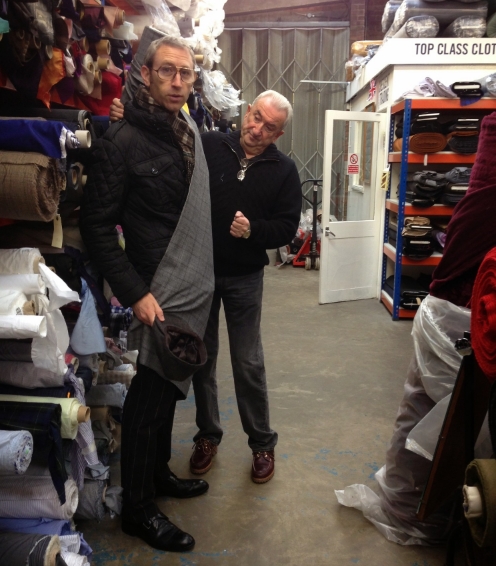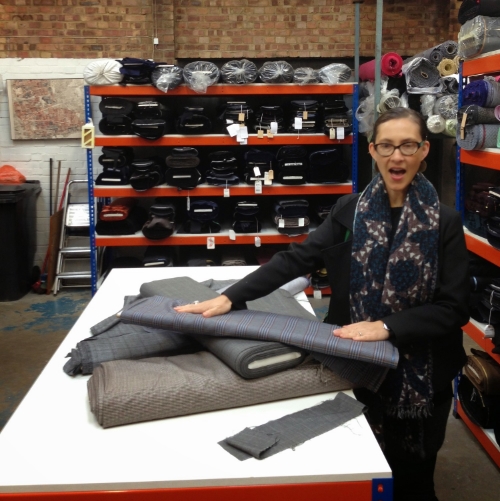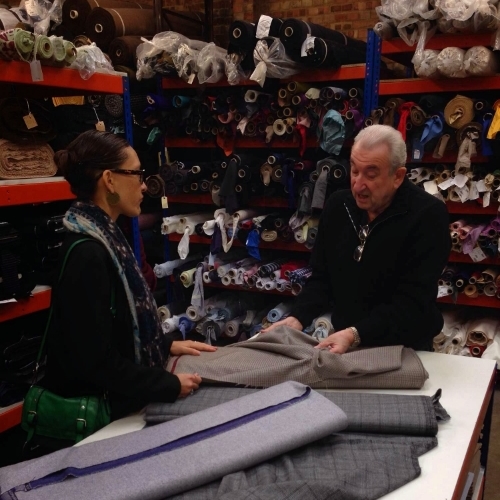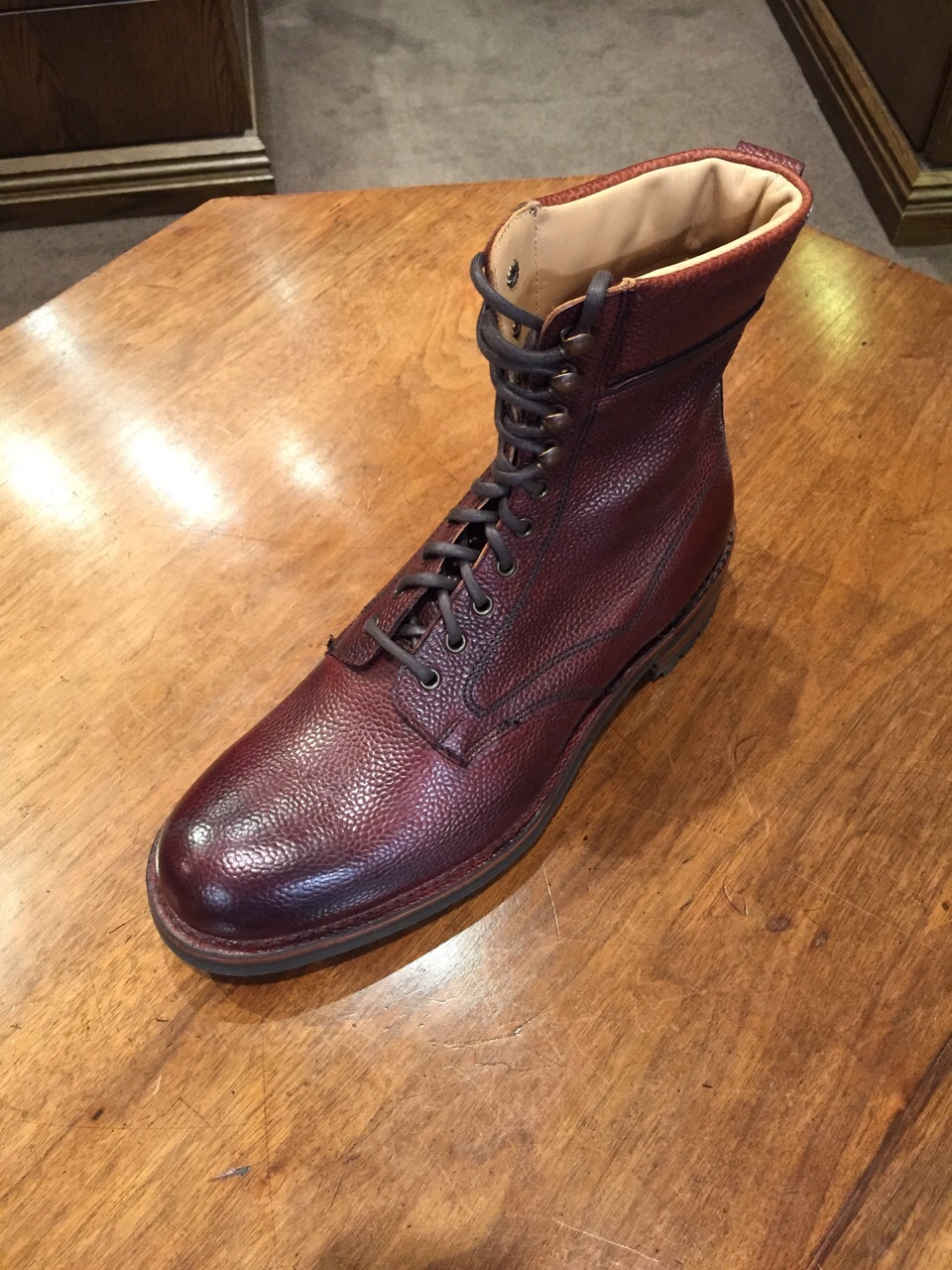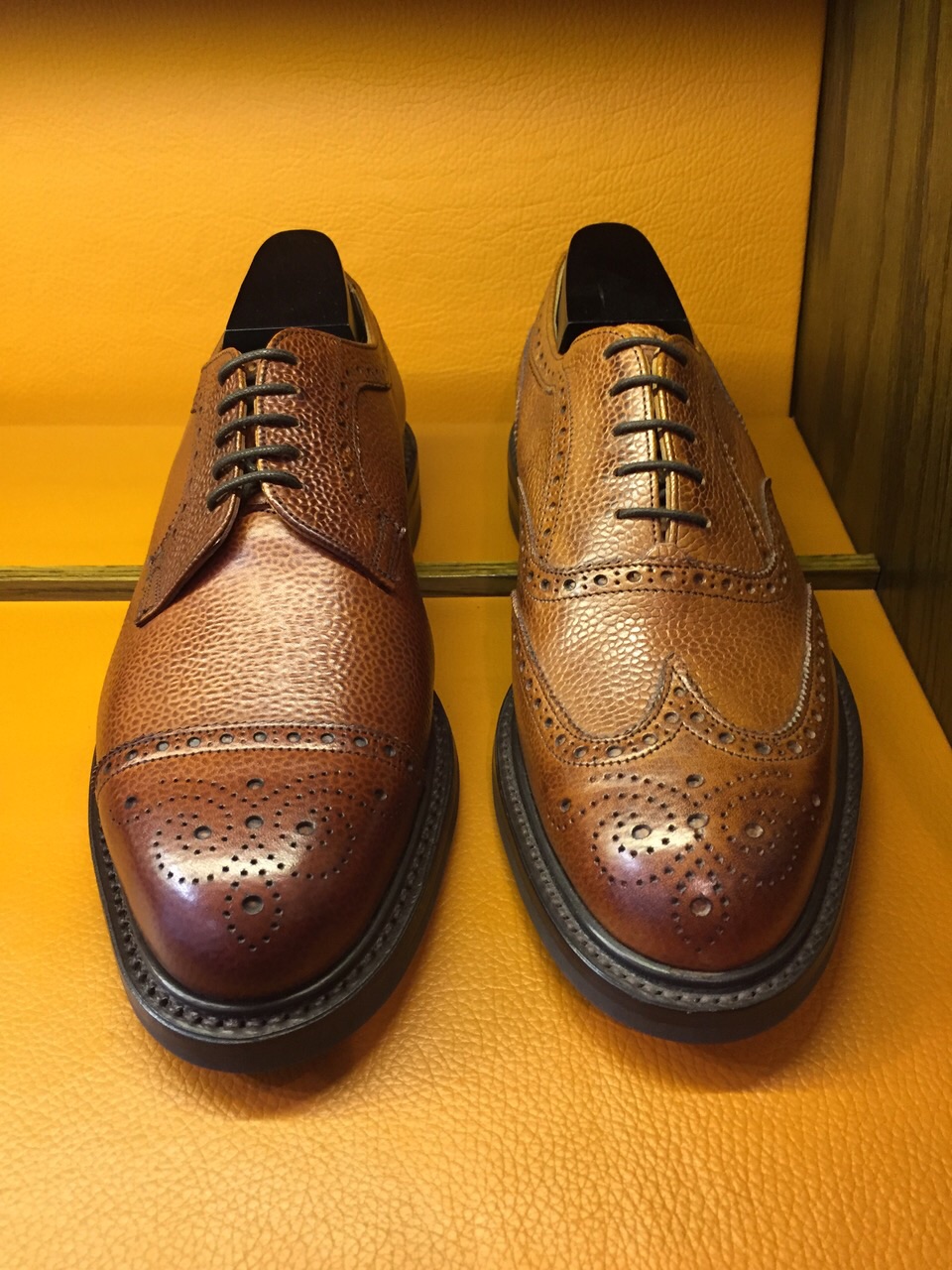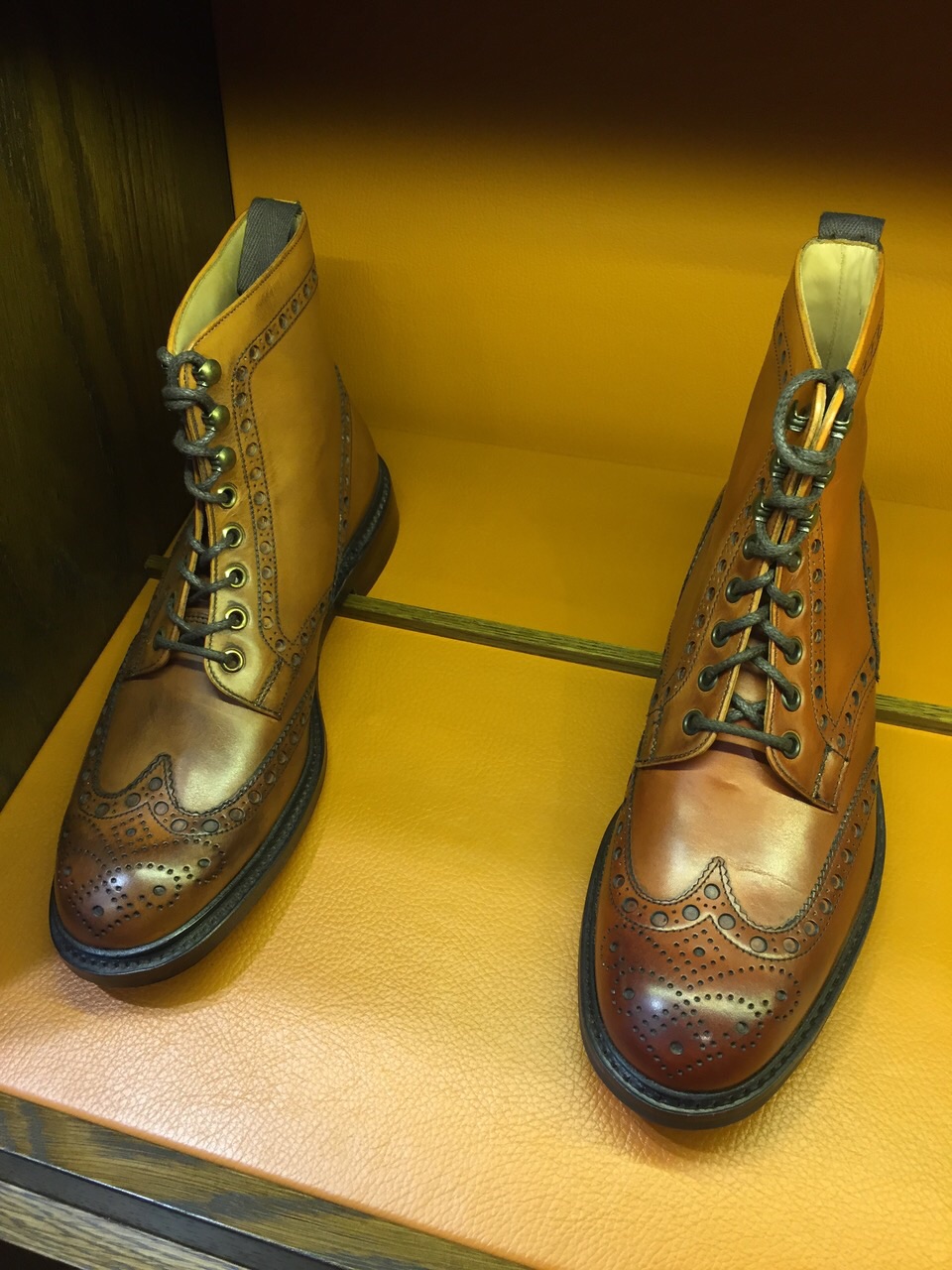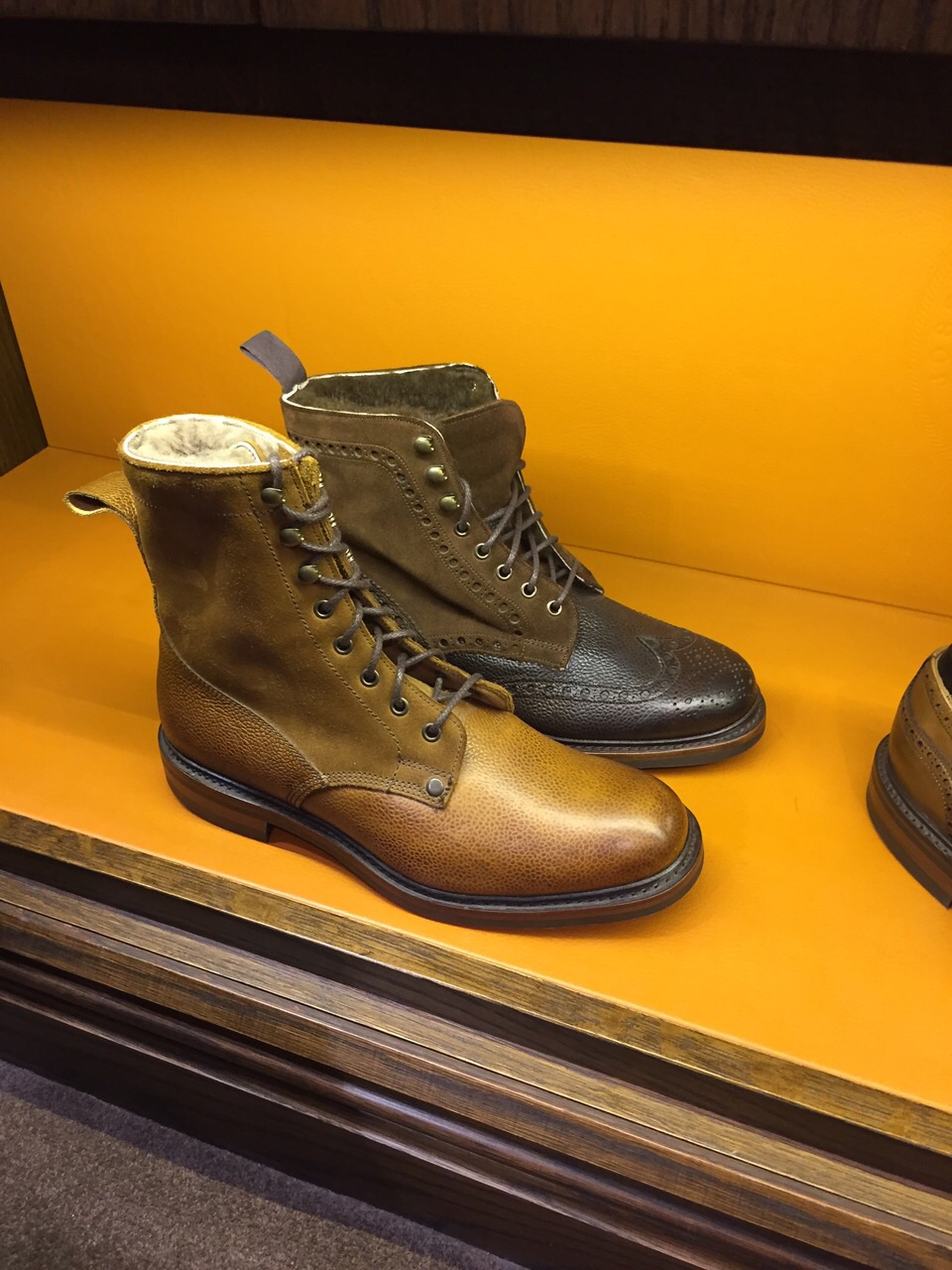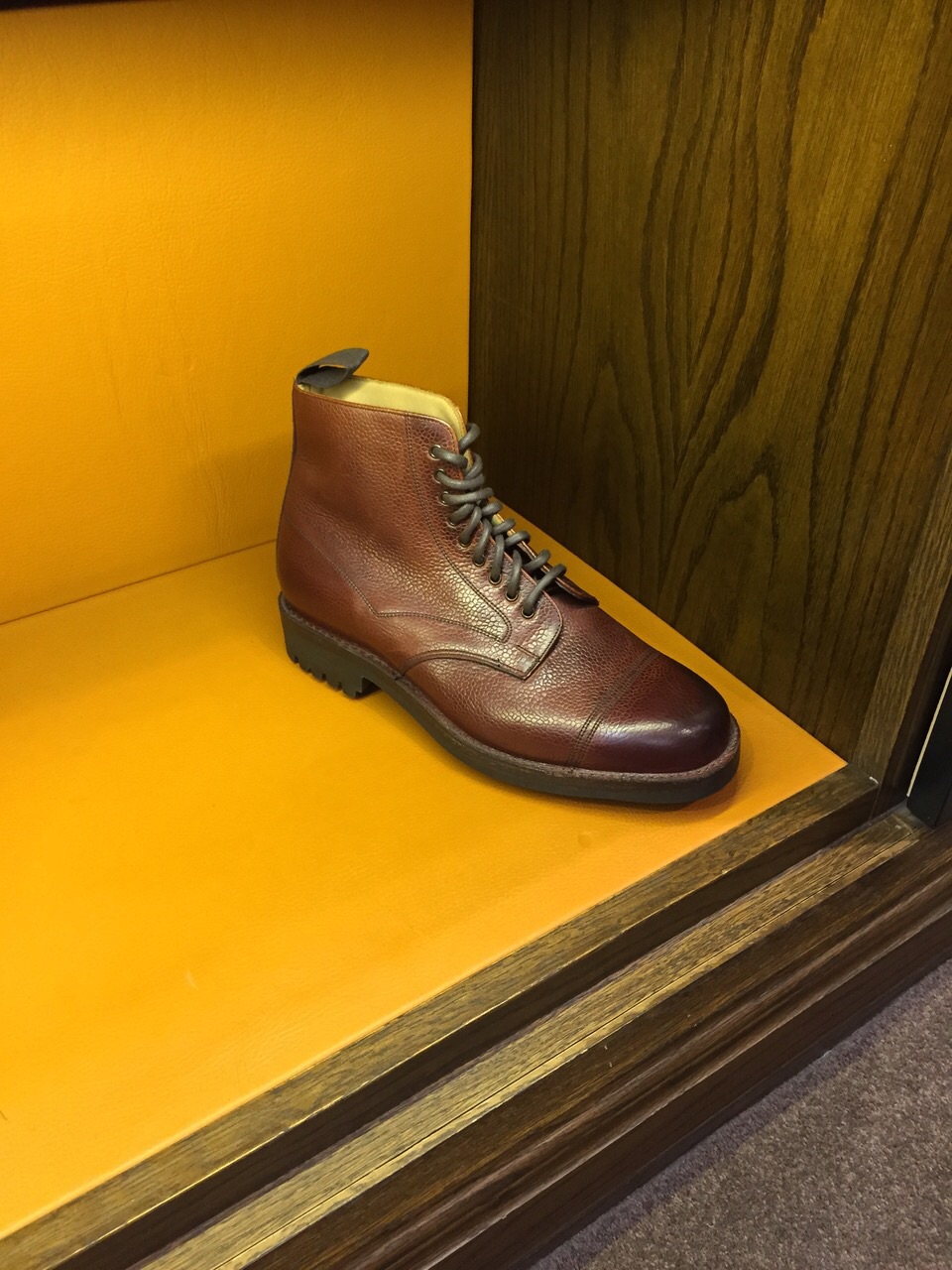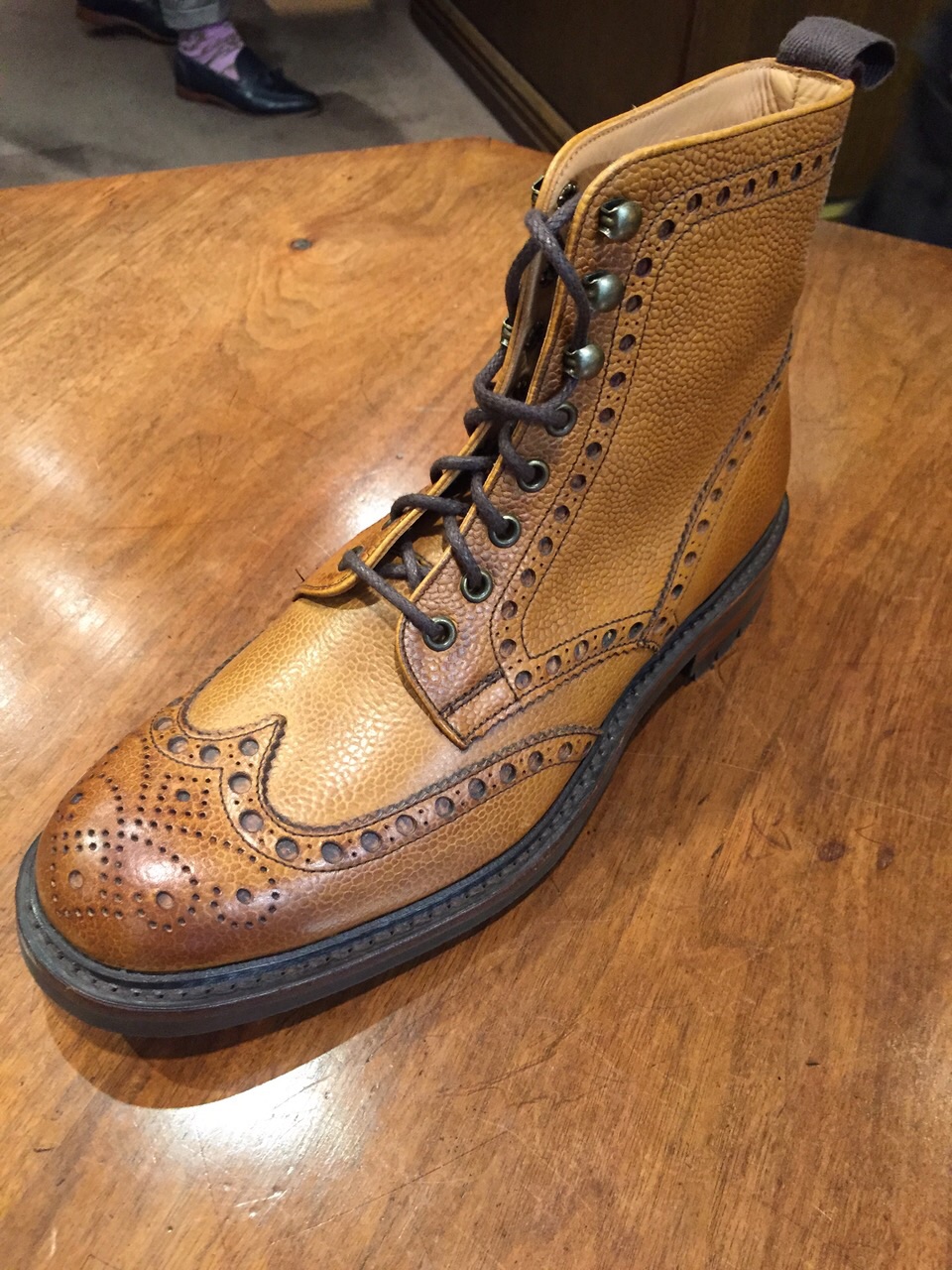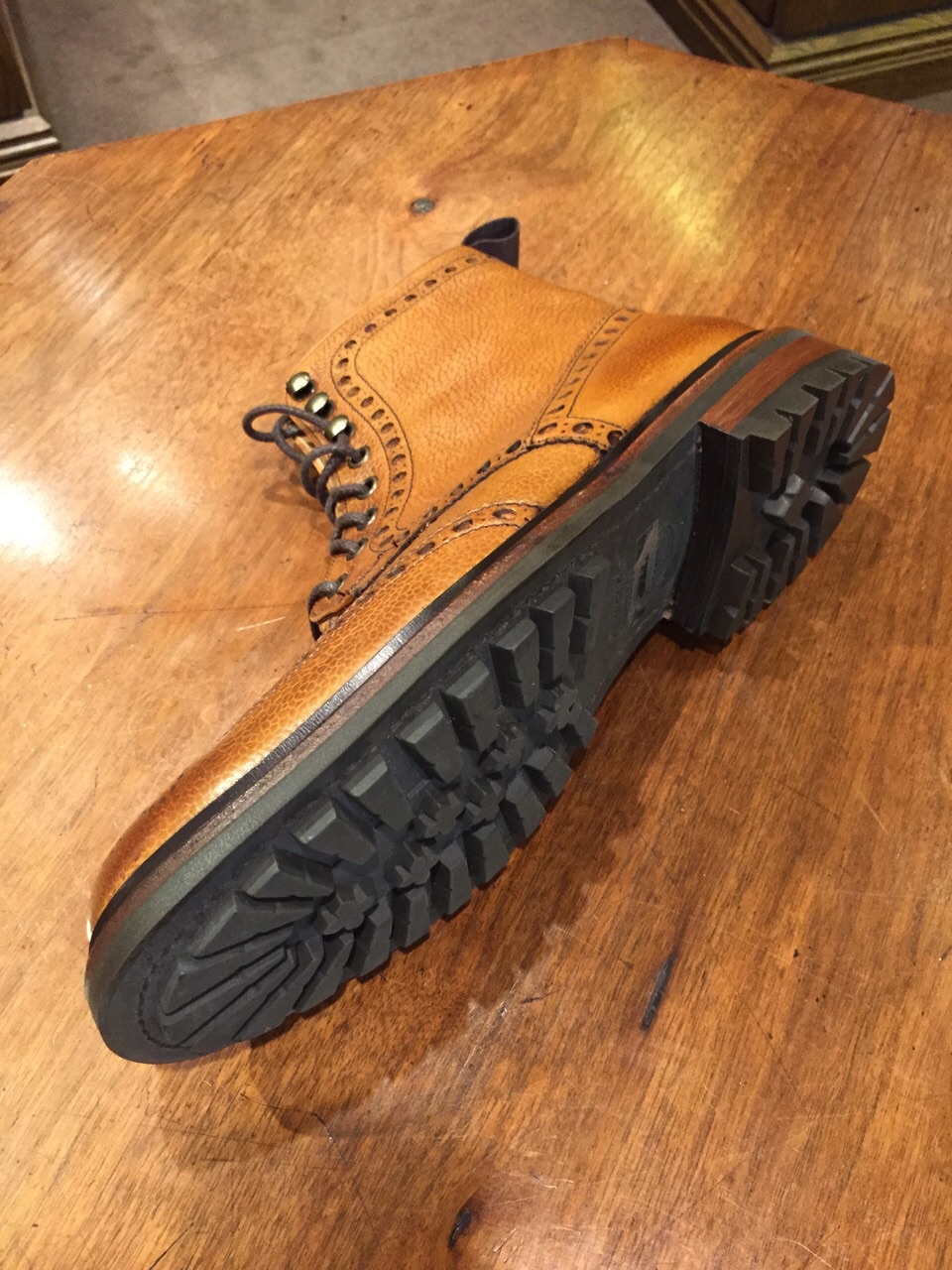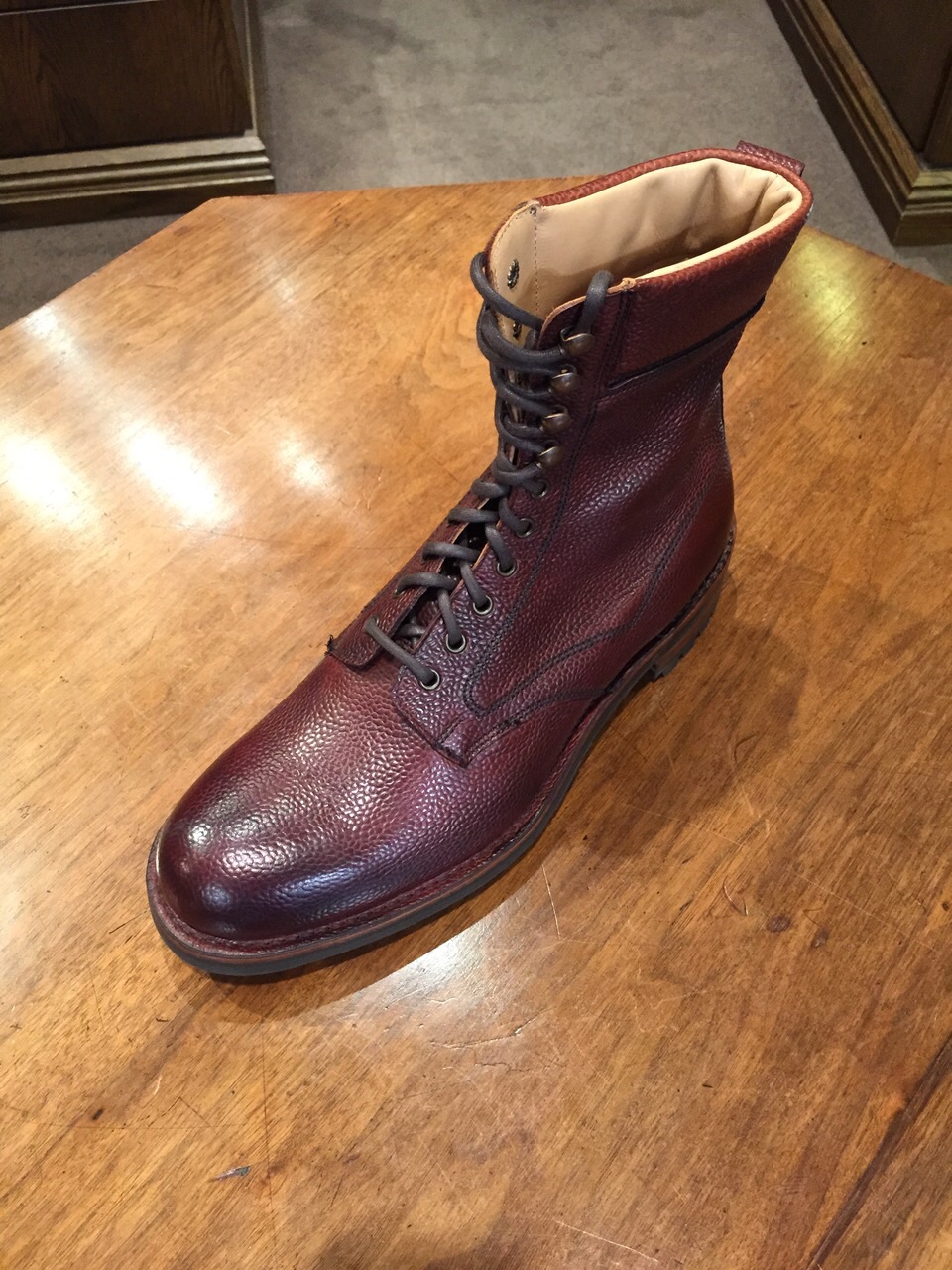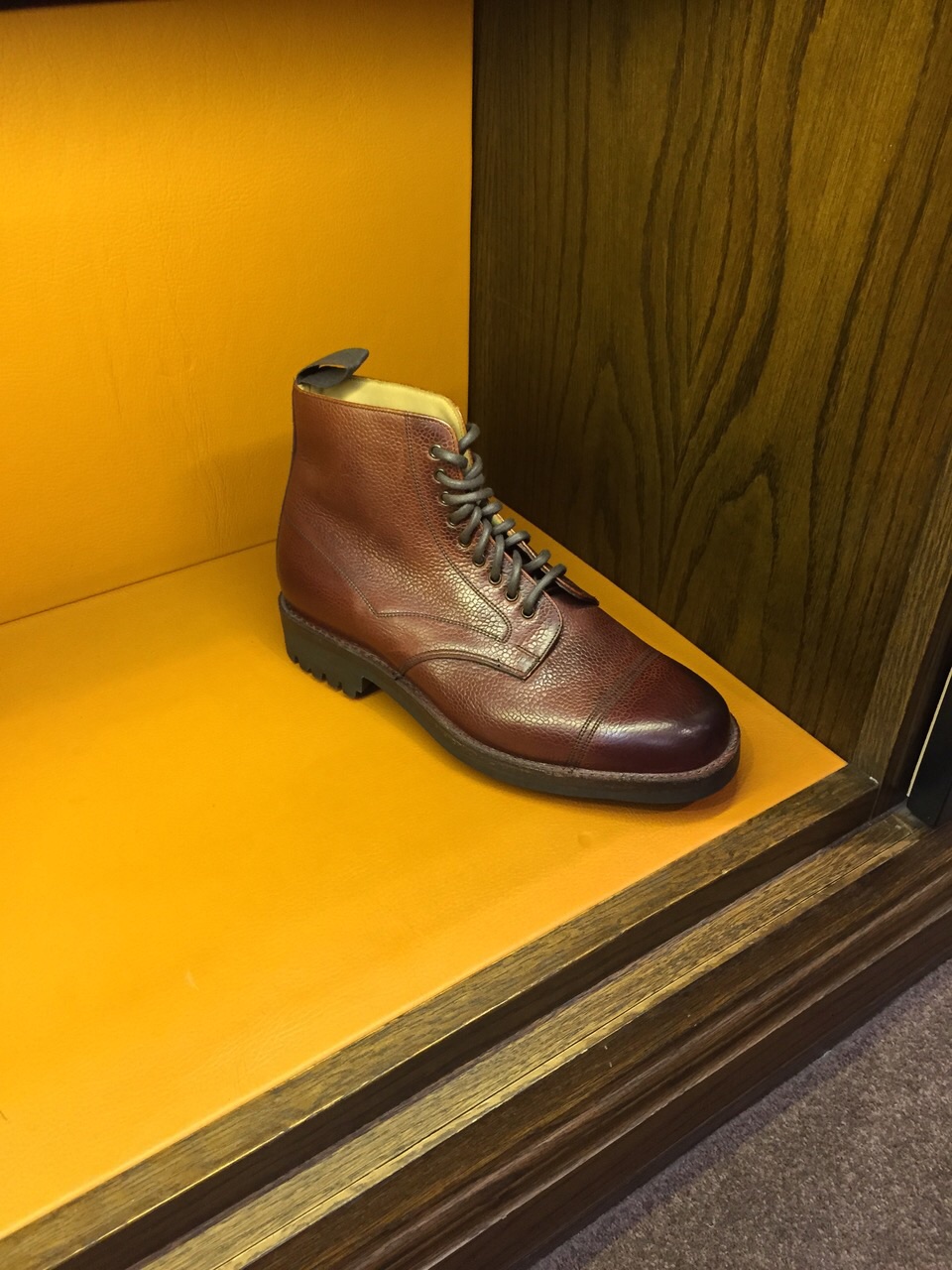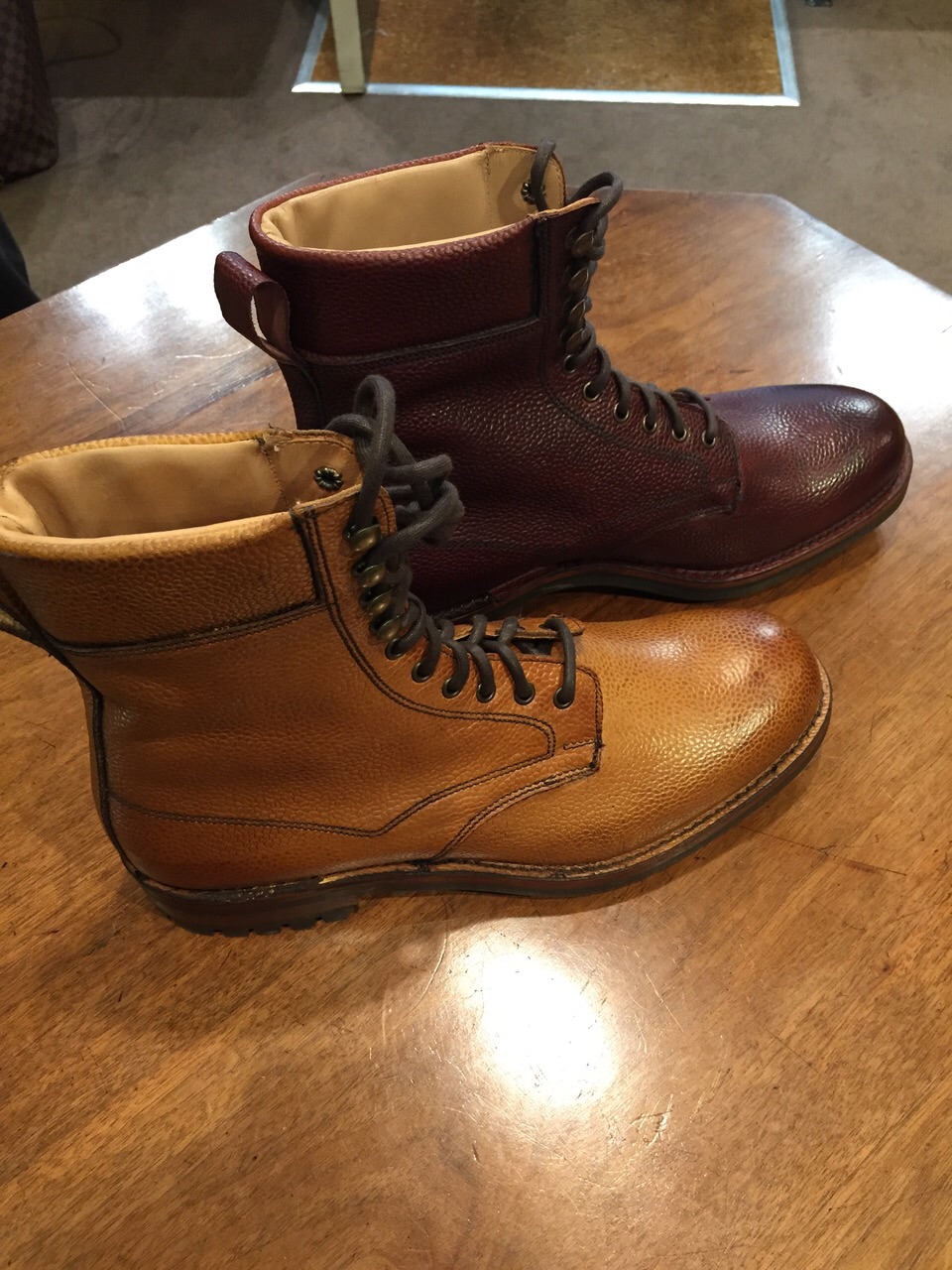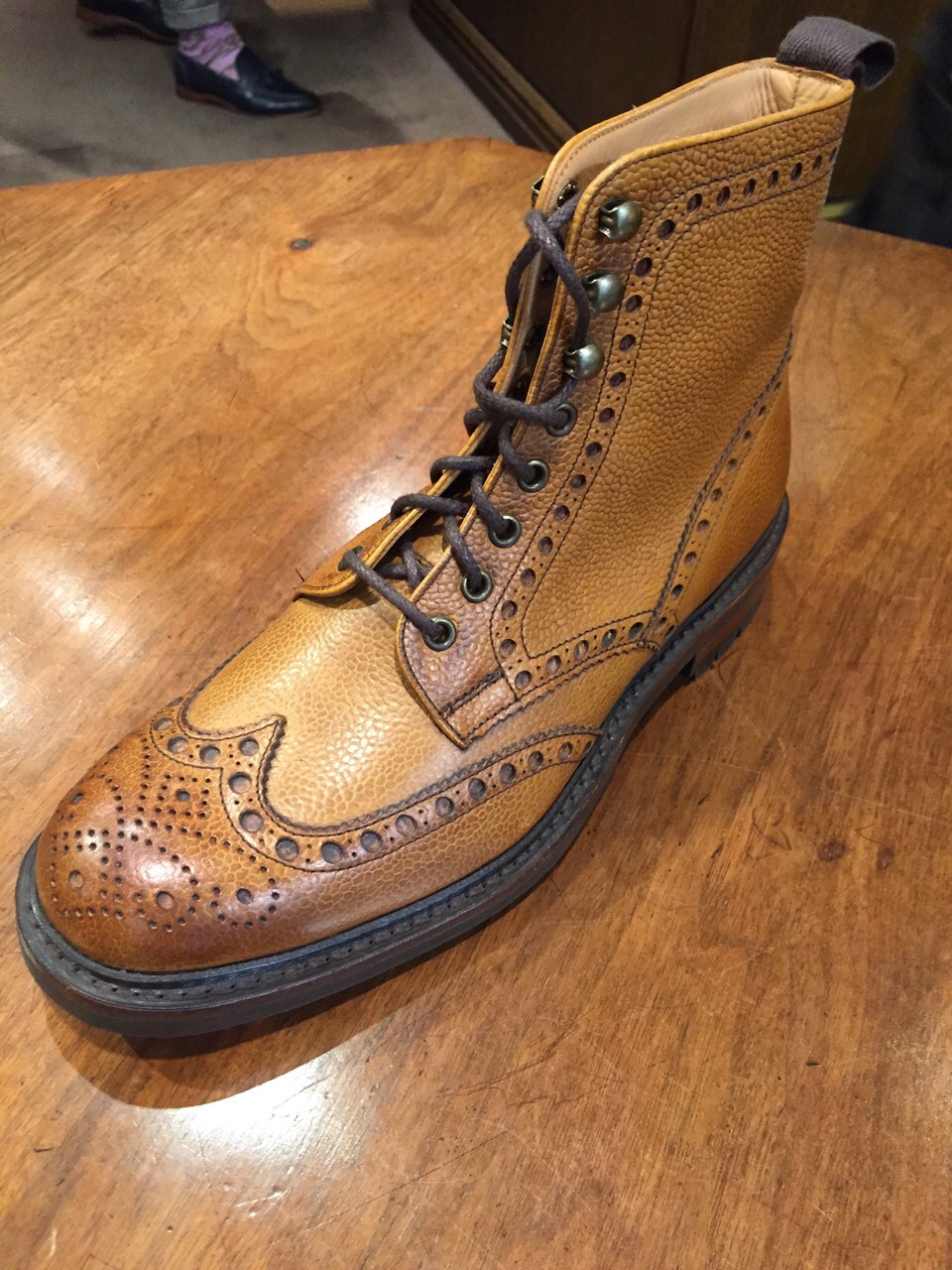We have redone our calling card.
The first card had several flaws the most obvious of which was that it felt nostalgic (one of the conceptual enemies of The Suitable World). It wasn’t exactly what we wanted… but we wanted it done. And that brings me to the distinction between done and finished.
Being done (as I define it) is a provisional condition; you move from one state of “done” to the next (hopefully improved) state of done. Done comes without too much pressure or judgement.
Being finished denotes an end-state. Completion. Seeking to be finished comes with all kinds of hang ups…struggle, procrastination, withering self-criticism to name a few (or is that just me?).
Getting things done is simple; a small victory that opens the way to the next small victory.
Our friend Jack (the inimitable Jackie T for those who know him well) gave us some feedback on our first card and offered to redo it along much simpler lines. Jack now joins so many people whose counsel and generosity shapes this project. Thanks Jackie T.
The card is printed on thick, grainy card stock and has a lush burgundy seam pressed into the edge, all of which give it a voluptuous feel.
On we go.

